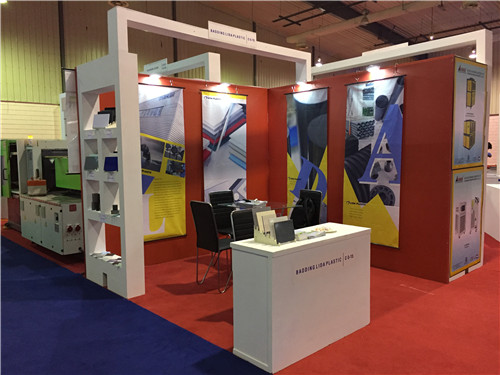Nov . 21, 2024 19:02 Back to list
ppr water pipe fittings
The Importance of PPR Water Pipe Fittings A Comprehensive Overview
In modern plumbing systems, the choice of materials plays a pivotal role in ensuring efficiency, longevity, and safety. Among these materials, Polypropylene Random Copolymer (PPR) has gained immense popularity, particularly in the context of water pipe fittings. PPR water pipe fittings have become the preferred choice for many plumbing applications due to their unique properties and advantages.
What are PPR Water Pipe Fittings?
PPR pipe fittings are components used to connect and join PPR pipes, which are widely used for transporting hot and cold water in residential and commercial settings. These fittings come in a variety of shapes and sizes, including elbows, tees, couplings, reducers, and flanges, allowing for versatile plumbing designs. The main advantage of PPR fittings lies in their durability and resistance to various environmental factors.
Advantages of PPR Water Pipe Fittings
1. Durability PPR fittings are known for their exceptional durability. They can withstand high pressures and temperatures, making them suitable for hot water applications. Typically, PPR pipes can handle temperatures up to 95 degrees Celsius, while maintaining their structural integrity.
2. Corrosion Resistance Unlike metal fittings, PPR fittings do not corrode or rust over time. This resistance to corrosion ensures a longer lifespan and reduces the need for frequent replacements. Additionally, the absence of rust contributes to maintaining water quality, making PPR a safe choice for drinking water systems.
3. Lightweight PPR fittings are significantly lighter than traditional metal fittings. This characteristic simplifies transportation and installation, leading to lower labor costs and making them a practical choice for plumbers.
ppr water pipe fittings

4. Cost-Effectiveness The initial investment in PPR water pipe fittings may be higher than that of inferior alternatives; however, their longevity and reduced maintenance needs result in long-term savings. Additionally, the ease of installation further contributes to cost-effectiveness.
5. Ease of Installation PPR fittings can be easily welded using a fusion welding technique, which creates a permanent and leak-proof joint. This method ensures that there are no additional connectors or adhesives required, which can weaken the integrity of the plumbing system over time.
6. Environmental Impact PPR is a recyclable material, making it an environmentally friendly choice. The production process of PPR fittings requires less energy compared to metal fittings, further reducing their ecological footprint.
Applications of PPR Water Pipe Fittings
PPR water pipe fittings are versatile and can be used in various applications, including
- Residential plumbing Ideal for hot and cold water supply systems in homes. - Commercial buildings Suitable for large-scale water supply and drainage systems. - Industrial applications Used in chemical processing and manufacturing where durability and corrosion resistance are critical. - Heating systems Efficient for underfloor heating installations and solar heating systems.
Conclusion
In conclusion, PPR water pipe fittings offer a myriad of advantages that make them an increasingly popular choice in plumbing. Their durability, lightweight nature, resistance to corrosion, and cost-effectiveness position them as a superior alternative to traditional materials. With the growing emphasis on sustainability and efficient plumbing solutions, PPR fittings are likely to see continued adoption across various sectors. For anyone considering a plumbing upgrade or new installation, PPR water pipe fittings should undoubtedly be at the forefront of options due to their versatility and reliability.
-
High-Quality PPR Pipes and Fittings Durable ERA PPR & PVC PPR Solutions
NewsJul.08,2025
-
Black HDPE Cutting Board - Durable, Non-Porous & Food Safe HDPE Plastic Cutting Board
NewsJul.08,2025
-
High-Quality CPVC Panel Durable HDPE & PVC Panels Supplier
NewsJul.08,2025
-
Double PE Welding Rod Supplier - High Strength, Durable & Versatile Welding Solutions
NewsJul.07,2025
-
High-Quality PVC-O Pipe Supplier Durable 75mm PVC Pipe & Connections Leading PVC Pipe Company
NewsJul.07,2025
-
HDPE Drainage Pipe Supplier – Durable & Corrosion-Resistant Solutions
NewsJul.06,2025

